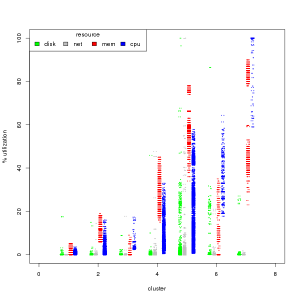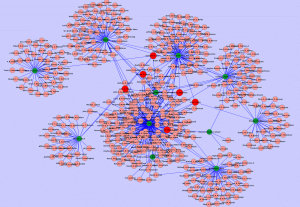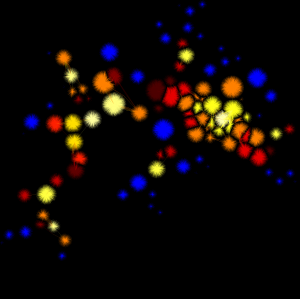We forget, now that our reach is wide, that all purchasing is done by individuals. Since we don’t know the individuals, and locating and selling to each and every one of them (us) is too expensive, we developed marketing to help us select the people, the individuals, most likely to purchase whatever we are selling. We do that by carving up the population into demographic segments. We do that by creating images and messages our testing tells us will appeal to those demographics. As you noted, I am using the word “demographics” loosely – as it can just as easily mean single white 18-24 year-old men when selling video games, as it can mean general practitioners in the rural parts of beef exporting states when selling Lipitor.
 But, why is this important? Demographics provide us with statistically probable individuals. Using these expected values are a great way for describing groups, but the value breaks down when talking about individuals. We all know the story about the man who drowns crossing the river that is, on average, six inches deep.
But, why is this important? Demographics provide us with statistically probable individuals. Using these expected values are a great way for describing groups, but the value breaks down when talking about individuals. We all know the story about the man who drowns crossing the river that is, on average, six inches deep.
The second failing in demographics is the pure focus on the individuals. If the goal of sales and marketing is to convince individuals to take action (purchase, vote, visit, etc.), demographics alone does not provide the context under which we, as social animals, make decisions.
The number one factor that we as consumers use in making purchase decisions in consumer packaged goods, automotive, everything is our peers. The younger we are, the better demographics reflect our peers, but that starts to break down rapidly once we leave school and enter the work force.
One place where we, as marketers, do a great job taking peer context into account is children’s toys. Think about how they are advertised. Is the latest and greatest StarBot 7000 action figure advertised with a static image of the figure with a voiceover talking about the high durability injection molded plastic construction and the die cast elbows capable of withstanding 30,000 hours of continuous play in -40°C conditions? No, they show bunch of kids running around having a great time with the StarBot. Children do not have long-standing deep networks of peers, so advertisers create a potential peer group in the advertisements. Even as children get older, more media savvy, and create deeper relationships with their peers, all parents will recognize the plaintive cry of, “But, Billy has one!” Continue reading “Demographics Fail” →
 We’ll work backwards for the impatient. I found 7 unique workload types by creating clusters of cpu, mem, disk, and network use through k-means of the short-term data from CloudForms (see the RGB/Gray graph nearby). The cluster numbers are arbitrary, but ordered by median cpu usage from least to most.
We’ll work backwards for the impatient. I found 7 unique workload types by creating clusters of cpu, mem, disk, and network use through k-means of the short-term data from CloudForms (see the RGB/Gray graph nearby). The cluster numbers are arbitrary, but ordered by median cpu usage from least to most.


 But, why is this important? Demographics provide us with statistically probable individuals. Using these expected values are a great way for describing groups, but the value breaks down when talking about individuals. We all know the story about the man who drowns crossing the river that is, on average, six inches deep.
But, why is this important? Demographics provide us with statistically probable individuals. Using these expected values are a great way for describing groups, but the value breaks down when talking about individuals. We all know the story about the man who drowns crossing the river that is, on average, six inches deep.
